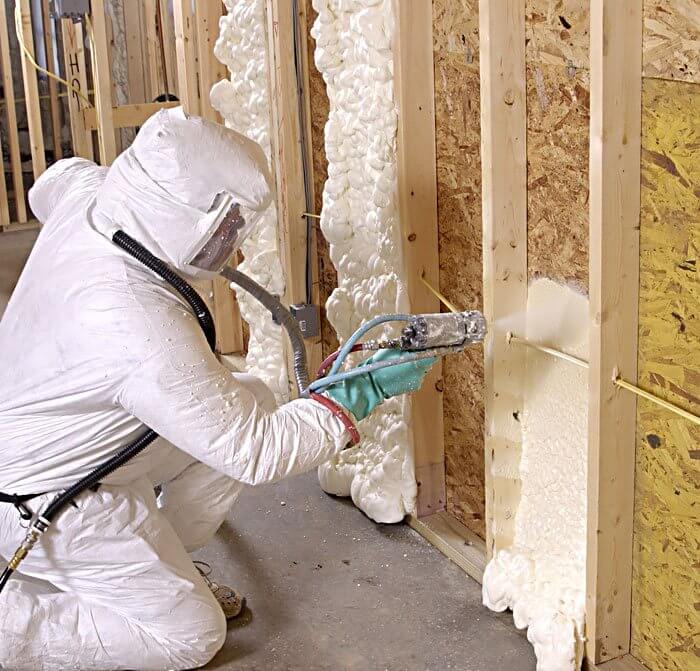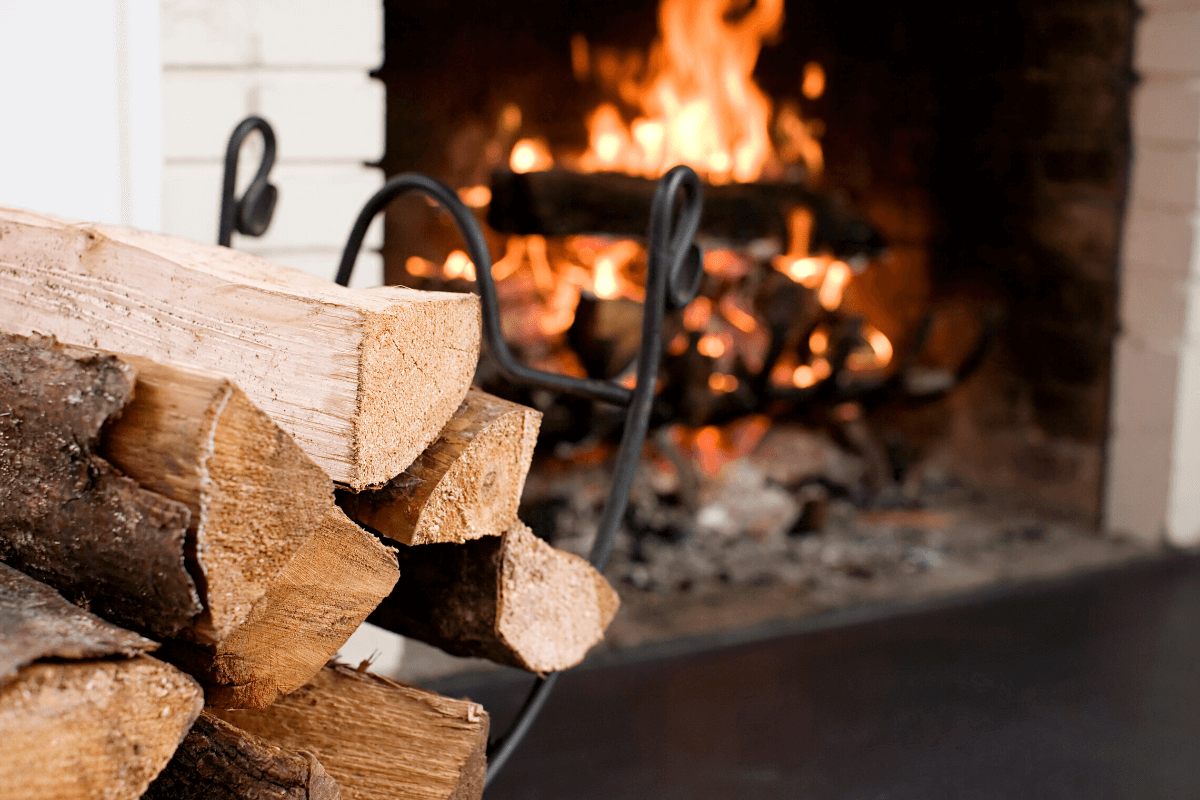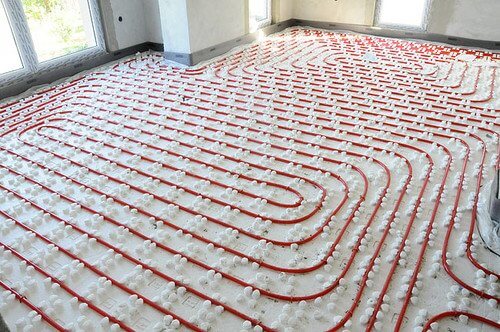With falling leaves and cooler weather making its presence known, it’s safe to say summer has come and gone. While we’re big fans of everything fall has to offer (after all, who can resist invigorating fall air and colorful foliage?), we’re not quite ready for what comes next. Yet, there’s no denying winter is on its way. So, we’re taking preventative measures and sharing four products that can keep your home warm as you hibernate through winter. Check them out below!
Spray Foam Insulation
One of the most important parts of preparing for winter is preventing air leaks. If your home is prone to drafts or seems cold no matter how high you turn up the heat, there’s a good chance your home has a leak or two. Make sure to check windows and doors for any gaps or cracks, as well as your home’s siding and foundation. If you do find potential leaks, seal them to prevent heat from leaking out.
For more serious jobs or adding extra insulation in attic walls, we highly recommend using spray foam insulation where you can. Spray foam insulation tends to be better at blocking heat transfer and preventing drafts. As an added benefit, sealing leaks in your home will help lower your utility bills.

Low-E Glass Windows
Windows play an essential role in helping regulate your home’s temperature. If your windows are in need of an update, there are many types of replacement windows to choose from. Whether you opt for vinyl windows or a more traditional material like wood or aluminum, it’s important to pay attention to the window’s glass to ensure you’re getting the best insulation possible. While most windows come standard with a double or triple-pane, how well it regulates heat actually depends on what’s between each pane. Rather than regular air, window manufacturers insert inter gas between the panes because it provides better insulation. Another important feature to look for in window glass is a Low Emissivity (Low-E) coating. If the glass doesn’t have a Low-E coating, it will do a much poorer job of reflecting outside temperatures.
Hot Water Recirculating Pumps
Nothing perks you up like an unexpectedly cold shower in the morning, right? While you may need that shock to your system to wake you up, it doesn’t have to be that way. The reason it takes the water so long to heat up is that any previously unused water sits in the pipe rather than returning to the water heater. So, when you turn on the shower or faucet, the pipes must first push out the cold, unused water in the pipe.
Any easy way to eliminate that early morning freeze is to install a hot water recirculating pump. A hot water recirculating pump returns unused hot water back to the water heater. It does that by creating a loop from the water heater to the faucet and back to the water heater. Most recirculating hot water pumps come with a timer as well as a sensor. The sensor will shut the pump off once the water has completed the loop back the water heater. The timer allows you to control when the pump is active. In addition to keeping water hot, a hot water recirculating pump is also energy-efficient, lowering utility bills and ensuring no water is wasted.
Radiant Floor Heating
Perhaps one of the most underrated ways to keep your home warm in the winter is in-floor heating. If you hate walking barefoot on freezing floors than radiant floor heating is exactly what you need! Radiant floor heating is available in two different systems: electric and water-based. While different systems, they both provide heat in the room through the floor. The water system uses in-floor pipes, running hot water through them to generate heat. In contrast, the electric system uses wiring under the flooring to create heat. The best part? Radiant floor heating works with many different types of flooring including laminate, tile, stone, wood, and carpet.
Ready to make some updates to improve your home’s heat retention for winter? Contact our team to find out how Ironwood Custom Builders can help!




